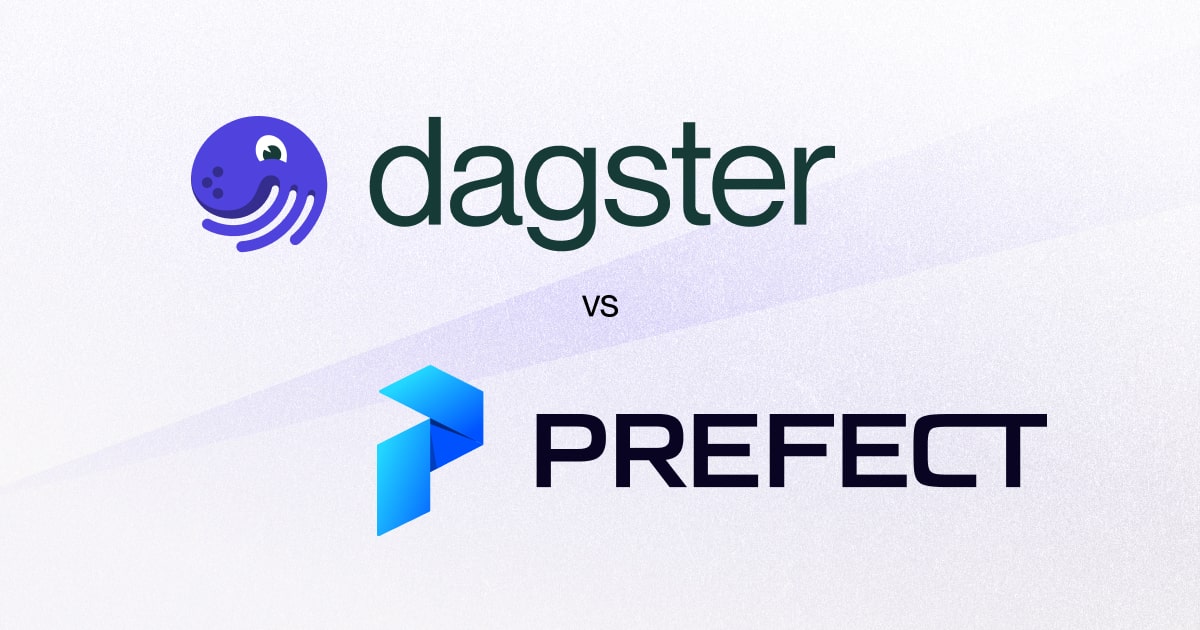For a long time, when developing applications or data pipelines, I used a combination of requirements.txt and Dockerfile. However, since earlier this year, I changed my habit to use Poetry instead of a requirements.txt
What is Poetry?
According to the Poetry Official website, “Poetry is a tool for dependency management and packaging in Python. It allows you to declare the libraries your project depends on, and it will manage (install/update) them for you. Poetry offers a lockfile to ensure repeatable installs and can build your project for distribution.”
What I like the most is that it resolves dependency conflicts easily for me, and it’s way more flexible compared to requirements.txt
Setting Up Poetry
Prerequisites
- Python 3.8+
1 - Installation
pip install poetry
2 - Create a pyproject.toml file on your dir, it will look something like this.
poetry init
[tool.poetry]
name = "app-v1"
version = "0.1.0"
description = ""
authors = ["name <name@email.com>"]
readme = "README.md"
[tool.poetry.dependencies]
python = "^3.11"
pydantic = "^1.10.7"
more-itertools = "^9.1.0"
pydantic = "^1.10.4"
requests = "^2.31.0"
google-api-core = "^2.10.2"
[build-system]
requires = ["poetry-core>=1.4.1"]
build-backend = "poetry.core.masonry.api"
3 - Create poetry lock file for your environment
poetry lock
4 - To update poetry lock file, we can adjust the pyproject.toml file , then run
poetry update
4.5 - If you are on Mac and encounter SSL issue when running poetry update
Go to Applications > Python folder > double click on “Install Certificates.command” file
5 - Using Poetry with Docker
FROM python:3.11-slim
WORKDIR /usr/src/app
ENV PYTHONUNBUFFERED=1 \
PYTHONDONTWRITEBYTECODE=1 \
POETRY_VERSION=1.4.2
RUN apt-get update && apt-get install -y curl
RUN curl -sSL https://raw.githubusercontent.com/python-poetry/install.python-poetry.org/07ccfe459b6b5c3b3b8859f5cf643c62591d2ea6/install-poetry.py | python3 - ;
ENV PATH="/root/.local/bin:$PATH"
COPY ./poetry.lock pyproject.toml /usr/src/app/
RUN poetry install -nv --no-root
COPY app .
CMD ["poetry", "run", "python3", "main.py"]
Extra Section - Deployment
So after building our application, how can we deploy it?
I use skaffold for deployment most of the time.
Installation
brew install skaffold
Deployment
You will need a skaffold.yaml which looks something like this,
apiVersion: skaffold/v2beta2
kind: Config
metadata:
name: app-name
build:
artifacts:
- image: us-central1-docker.pkg.dev/gcp-project-id/artifects-folder/app-name
deploy: {}
profiles:
- name: production
activation:
- kubeContext: prod
deploy:
kustomize:
paths:
- ./deploy/production
- name: staging
activation:
- kubeContext: stg
deploy:
kustomize:
paths:
- ./deploy/staging
- name: development
activation:
- kubeContext: dev
deploy:
kustomize:
paths:
- ./deploy/development
Deploy using the long way,
k config use-context <k8s-context>
skaffold build
skaffold render -p production > ../a.yaml
cat ../a.yaml
k apply -f ../a.yaml
k get pods -n <k8s-ns>
Or simply run,
skaffold run -p production -v info
That’s it for now.
Thank you for reading and have a nice day!



